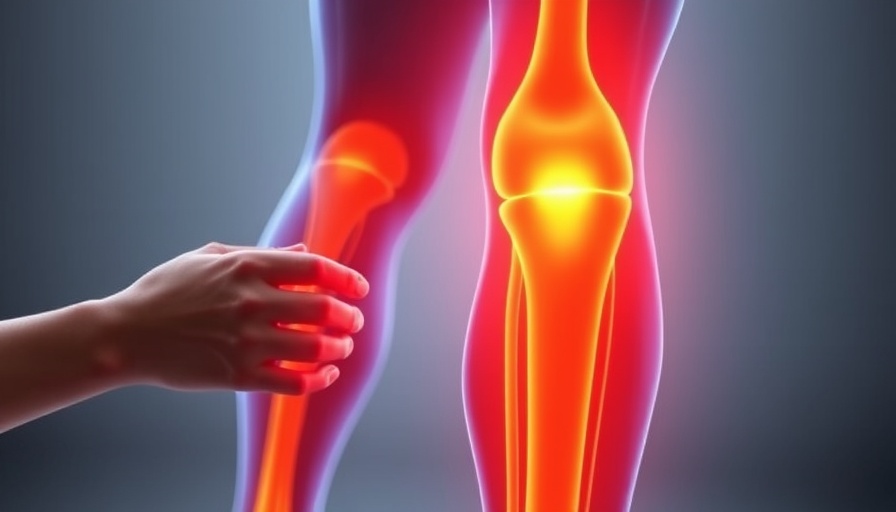
Understanding Slipped Discs: What Happens and Why?
A slipped disc, also known as a herniated disc, is more common than many think, affecting between one and three percent of people in industrialized nations. Its prevalence sees peaks among men and usually strikes individuals aged 30 to 60. But what exactly is a slipped disc?
Imagine the discs in your spine as doughnuts: they have an outer layer designed to be flexible and a gel-filled center that acts as a shock absorber. "After age 20, these discs start to lose moisture, becoming less pliable like a stale doughnut," explains Mr. Damian Fahy, spinal surgeon at the Fortius Clinic. This degenerative change can lead to an awkward movement tearing the outer disc and causing the gel core to escape, which can hit nerves and trigger severe pain.
Risk Factors: Who is Most Susceptible to Slipped Discs?
Among the significant factors leading to slipped discs are:
- Genetics: Those with a family history of disc issues may have a genetic predisposition to weaker discs.
- Smoking: This habit reduces blood flow, weakening the discs’ outer layers.
- Obesity: Carrying excess weight places additional stress on the spine.
- Inactivity: Sedentary lifestyles, especially if marked by poor posture, can increase disc pressure.
- Physical activity: Specific exercises, especially those involving heavy lifting, twisting, and bending, can significantly heighten the risk.
Knowing these risk factors is crucial in formulating a preventive approach towards back care.
Prevention: Simple Steps to Protect Your Spine
Protecting your spine can often be simplified into actionable habits:
- Regular Movement: Standing up every 20 minutes while working at a desk can help avoid prolonged pressure on the discs.
- Strengthening Exercises: Engaging in activities like Pilates can help build core strength, significantly reducing the risk of disc issues.
- Mindful Gardening: Avoid gardening when fatigued, as this can lead to awkward bending and lifting—both risk factors for disc damage.
Implementing these lifestyle changes can enhance your overall musculoskeletal health and prevent potential injuries.
The Recovery Journey: What to Expect
If the unfortunate happens and you find yourself with a slipped disc, the importance of early recognition cannot be overstated. Tom Hayes' story—a 58-year-old who experienced extreme pain after awakening—adds valuable context. Upon arriving at the hospital, his diagnosis was 'just' a common injury. This understanding alleviated some anxiety, but many are left wondering how they can ensure a smooth recovery.
A month post-injury, Tom reported only mild discomfort, showcasing that with proper care and time, many people can return to nearly full functionality. Key practices to speed up recovery include physical therapy, avoiding heavy lifting, and strengthening exercises tailored by a specialist.
Future Insights: The Quest for Better Treatments
In the realm of treatment and prevention, researchers are exploring innovative solutions, including stem cell therapy aimed at regenerating disc tissue. While we are far from a definitive cure, ongoing advancements in biotechnology give hope for future strategies to both prevent and heal slipped discs more effectively.
Conclusion: Be Proactive to Protect Your Back
Understanding slipped discs and implementing effective preventive measures can significantly enhance your overall spinal health. So if you often find yourself sitting for long hours or indulging in heavy lifting, take the time to evaluate your habits and incorporate strategies to protect your back. The complex nature of spinal injuries like slipped discs reminds us that proactive management is key to long-term health.
 Add Row
Add Row  Add
Add 




Write A Comment